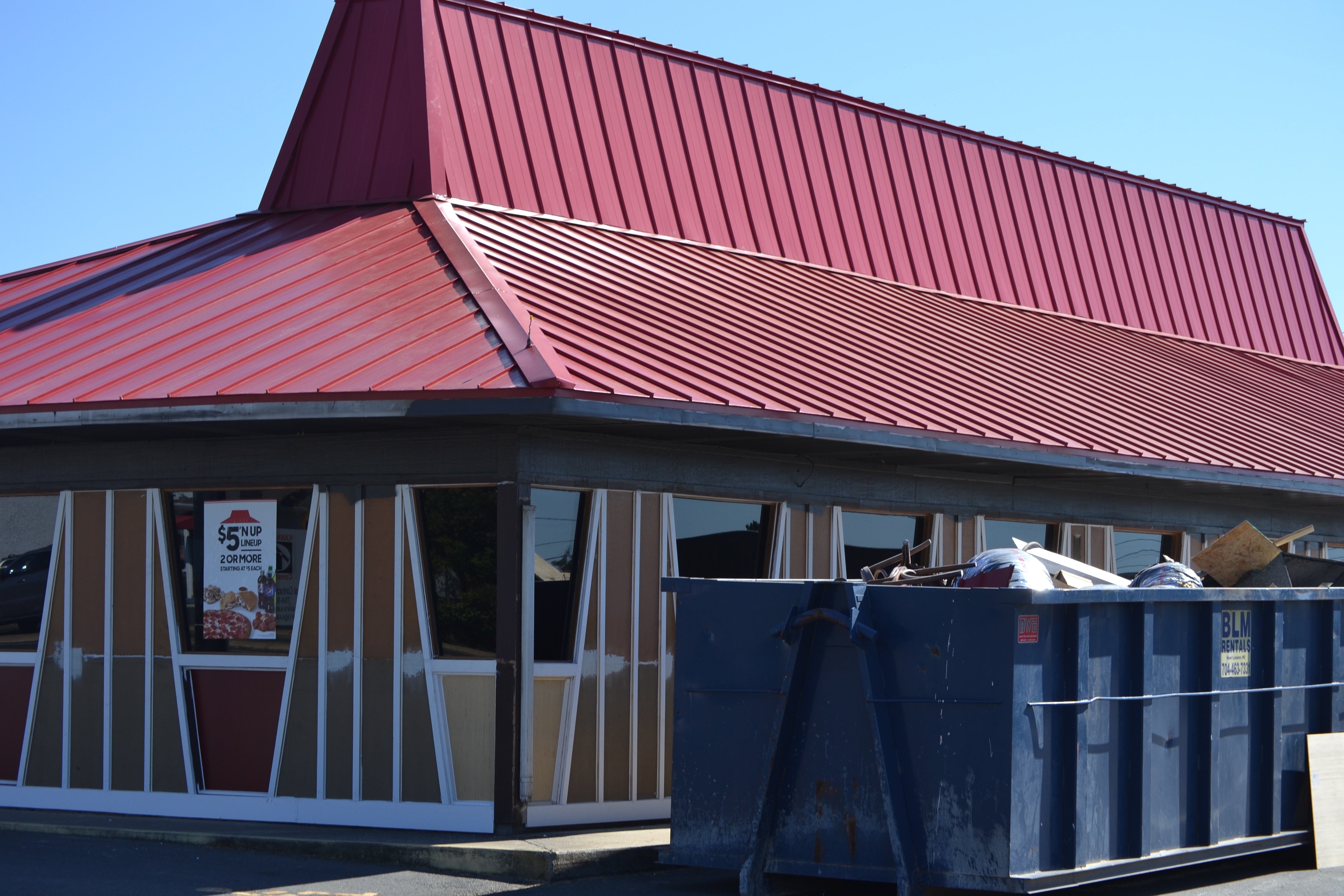Highway Patrol can track 911 callers, troopers after upgrade
Published 3:00 pm Monday, February 5, 2024

- A NCSHP telecommunicator uses the new CAD system at Raleigh Communications Center. (Contributed)
|
Getting your Trinity Audio player ready...
|
Editor’s Note: The following was written by Jessie Holmes of the North Carolina Pandemic Recovery Office.
Whether your car breaks down on the interstate, or you’re the victim of an impaired driver, there’s a state trooper ready to help across nearly 80,000 miles of North Carolina roadways.
But first they need to reach you.
Trending
Until recently, their response time depended in part on your ability to identify your location quickly and accurately. Your cellular service also had to cooperate long enough for you to share that information.
“Now when we receive that call, it automatically populates on a map and shows us where you are,” says Capt. Kevin Owens, Unit Commander for the North Carolina State Highway Patrol (NCSHP) Technical Services Unit. “If the call drops, we know this is the area, and we can get some help coming to you.”
Owens says it’s a “gamechanger” being able to physically track people’s calls through GPS. Telecommunicators can even track individual troopers, allowing them to easily route the nearest unit to an incident, or quickly provide backup. But it wouldn’t be possible without the agency’s new statewide computer-aided dispatch system — or CAD system. The NCSHP’s previous system had components dating back to the 1970s.
“Over the years, we just didn’t have the ability to track a lot of the information we needed,” says Owens, who is spearheading the CAD’s upgrade.
Pandemic emphasizes importance of public safety services
The project was in the planning stages until the COVID-19 pandemic began. The crisis placed renewed emphasis on the importance of reliable and effective public safety services, and it resulted in an influx of federal grants.
Trending
When Congress passed the American Rescue Plan Act (ARPA) in March 2021, it provided North Carolina with $5.4 billion to support long-term recovery efforts. State legislators awarded $11.1 million to the North Carolina Department of Public Safety to replace the NCSHP’s aging CAD system with new software from Motorola, and new computer and radio hardware. The North Carolina Pandemic Recovery Office oversees the disbursement of the grant money.
Today, the project is nearly complete, with the most pertinent features — such as the GPS tracking — available to troopers and communications centers statewide. NCSHP estimates it will be fully operational by early 2025.
New CAD improves response times
The full capabilities of the new CAD technology are evident from the second a NCSHP telecommunicator takes your call. Andréa Lowe is the Telecommunications Center supervisor at the NCSHP Troop C Communications Center in Raleigh. Her staff handles about 1,200 calls on an average day, and even more during severe weather such as snow and ice. Telecommunicators speak directly with the public and dispatch troopers where needed.
“It’s helped a lot being able to know where the callers are,” says Lowe. “As soon as we pick up the phone with them, it’s that quick, it’s instantaneous. That way we can just get further details about the reason they’re calling, what they need, and how quickly we need to respond to them.”
Telecommunicators identify the nearest available trooper on a map, then using the same software, share details about the call for the trooper to view in real-time on their laptop in the field. If another trooper needs to assist, they immediately have access to the same information and their colleague’s location and can approach the incident better equipped to handle the job.
Previously, most of this process was handled by phone or radio, which not only cost more time, but could be a problem if an officer was in trouble. Telecommunicators may not know where to send help.
“If they should have somebody jump and run, once they get out of the car the GPS tracking switches to their handheld radio,” says Lowe. “So, if they’re in the woods or something, it starts tracking that radio instead of just the car.”
Even before it gets to that point, troopers can use the CAD’s new software to send a system-wide distress notification, complete with their coordinates. Lowe and Owens agree that features like this have greatly improved trooper safety.
“We know where he’s at, he doesn’t even have to say a word,” says Owens.
When an incident is over, the system keeps a record that NCSHP employees can access, update, or share at any time, conserving more time (and paperwork) on the backend.
Ready for the next crisis
While the COVID-19 pandemic has receded, troopers must always be ready for the next crisis, whether it’s evacuating people from a hurricane, routing traffic around a hazardous spill on the highway, or responding to an act of terror. At the same time, the number of drivers on the road has significantly increased as North Carolina’s population grows, and like law enforcement nationwide, the NCSHP faces historic challenges in recruitment.
“This new system will increase our ability to allocate resources appropriately based on where [the call] is and the amount of staff we have on duty on the road,” says Lowe.
More efficient tools also ease the workload of telecommunicators, another job that Lowe says is challenging to recruit. Ultimately, when minutes matter, NCSHP is better equipped than ever to serve the public.
“For officer safety and for the citizen’s safety, it’s just decreased our response times.”





